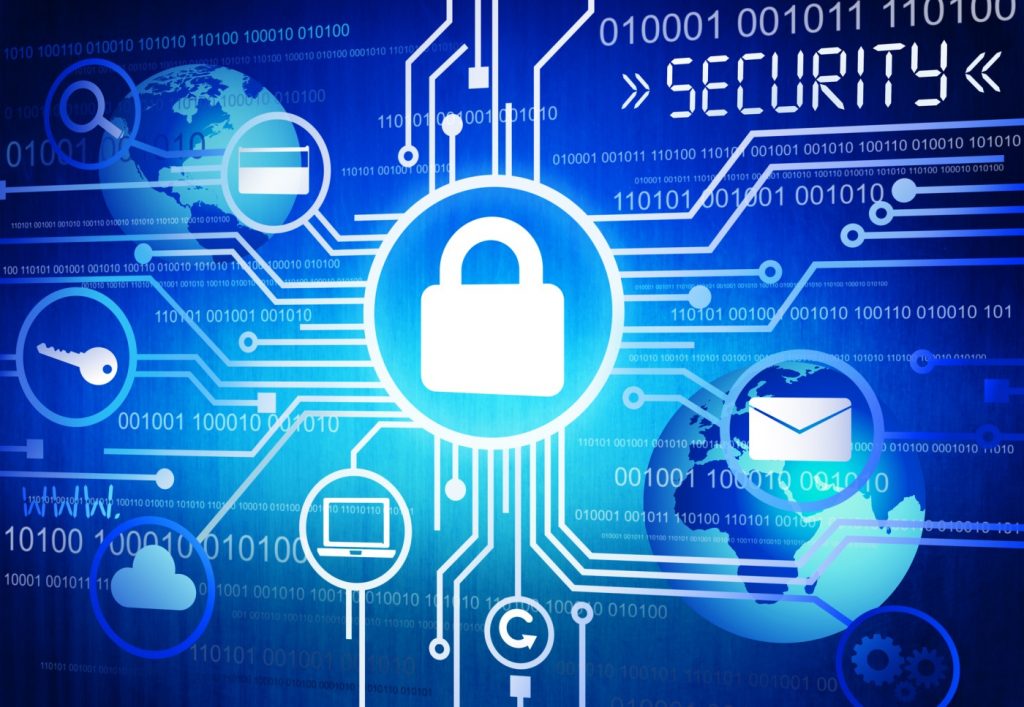- April 29, 2021
- Catagory remote work
5 Things You Can Do to Secure Remote Work Environments
If you’re looking for ways to secure remote work environments, there’s no shortage of dos and don’ts.
And while there’s always a danger of impeding employee productivity with cumbersome security, there are polices and procedures that balance threat protection with efficient business operations so that you can secure remote work environments without creating barriers to getting things done. Often, it’s just as much about how you implement security, not just what implement.

Encryption should be end to end
Security implementation should never be half-hearted, which is why bi-directional encryption of data and communications is an essential enabler of secure remote work environments. Ideally, you should embrace the cloud so you can leverage a web platform that is completely secure so it’s the primary means for remote employees to get their work done. You should also use strong VPN connections to secure remote work environments. All it takes is one vulnerable employee to be exploited by a threat actor to put your entire network at risk.
Secure all devices
Similarly, all workstations and devices accessing applications and data via your network must be fully secured without any workarounds—that includes the executive team. Giving one employee a pass to use a smartphone or laptop that doesn’t adhere to security policies and procedures is a data breach waiting to happen. Take advantage of tools that evaluate the vulnerability of all devices, and make sure all of them can be managed and updated from a central location by the IT team.
Contain any breaches
Because it only takes one device or one employee to open the door to the broader network, you need to secure remote work environments in such a way where access to a single workstation doesn’t lead to wider access to other systems. Your policies, procedures and chosen tools should mitigate against a domino effect where a single intrusion via one employee’s credentials or workstation can lead to threat actors taking down other systems or your entire network.
Clearly define security policies and communicate goals
Secure remote work environments are more likely to stay secure if you clearly outline security objectives and make it easy for employees to comply. Otherwise, they will find workarounds to make their lives easier, thereby making any security policies and procedures ineffective.
Put someone in charge
Even smaller organizations should designate someone to act as their Chief Information Security Officer (CISO), even if it’s not their only duties on the IT team. The organization will benefit from someone taking point on all things security, including the selection and implementation of tools, the development of policies and procedures, and being the point of contact for both employees and the executive team.
Even if you do have an IT team member who takes on responsibility for security, you may find there’s value in getting external support to help secure remote work environments. A Managed Security Services Provider can help you evaluate your current security posture, make recommendations, and help deploy the right tools, either on a project-by-project basis or through an ongoing partnership.




 Latest Blogs
Latest Blogs FAQ
FAQ